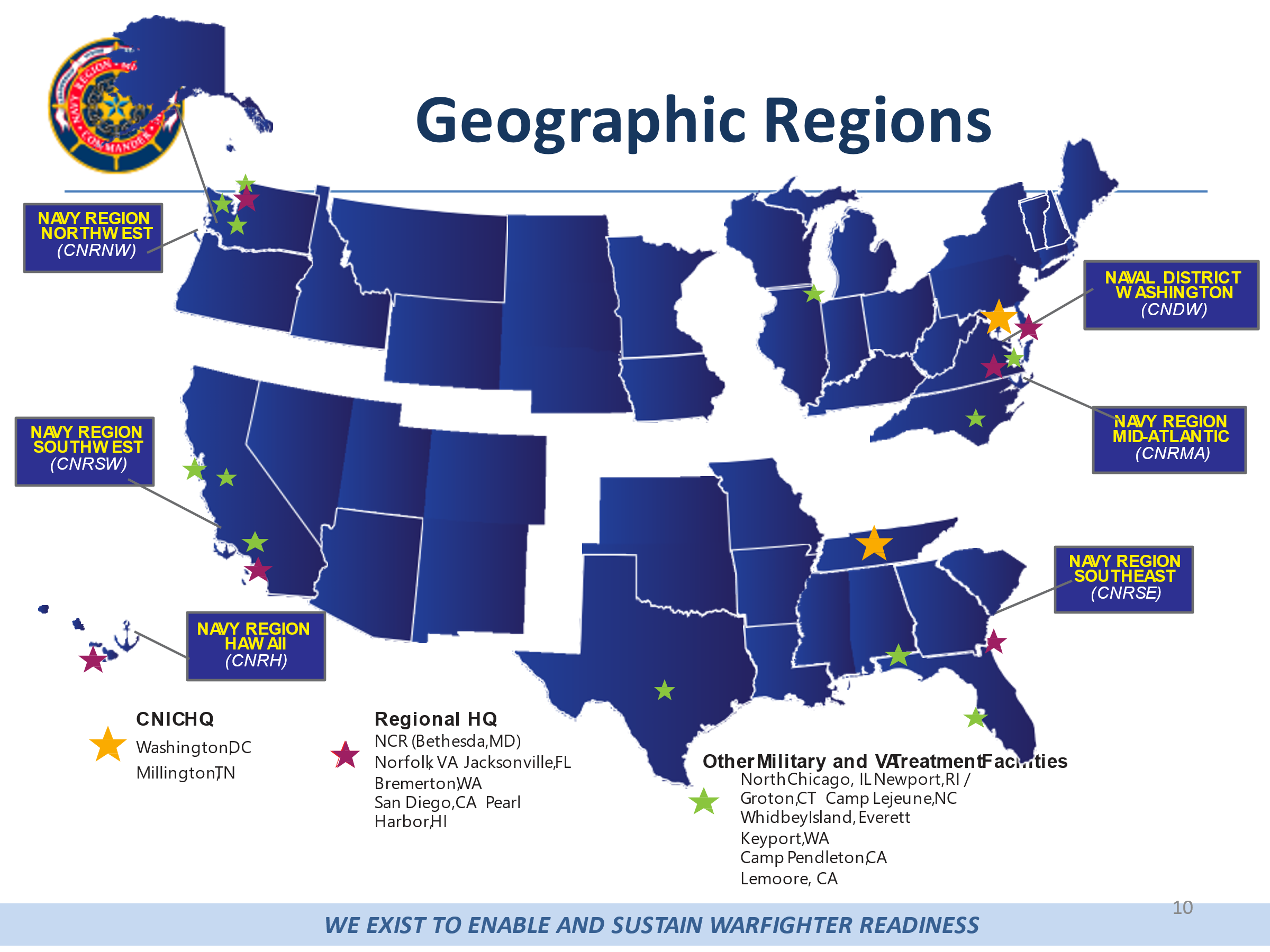Navy Wounded Warrior Program
The program assists wounded, ill or injured Sailors and Coast Guardsmen with serious, non-combat or combat-related injuries and physical or psychological illnesses. The program offers individualized and proactive non-medical care management which compliments the medical care they are receiving; this includes but is not limited to
- Pay and benefits
- Caregiver resources and respite care
-
Bedside travel
-
Employment resources
-
Childcare resources
-
Adaptive reconditioning
|
 |
Eligibility for enrollment in the Navy Wounded Warrior Program is not limited to combat-related wounds or injuries, we also enroll those with serious non-combat related injuries sustained on liberty or on duty. The program offers assistance to service members with psychological illnesses resulting from Post-Traumatic Stress (PTS), Military Sexual Trauma (MST), and traumatic Brain Injury (TBI). In addition, we are here to assist in cases of severe illnesses such Cancer, Multiple Sclerosis, or any other illness that may lead to long term limited duty and referral to the Integrated Disability Evaluation System (IDES).
However, participation in Navy Wounded Warrior is voluntary and Sailors and Coast Guardsmen must be enrolled to take advantage of services provided. Referrals may be received from a variety of sources, including the Service Member's command, peers, medical staff, Fleet and Family Support Centers personnel, family members, or self-referrals. All referrals can be sent via email to our Region Program Director for review and assignment to a Non-Medical Care Manager who will conduct an initial needs assessment as part of the enrollment process. (Download the referral form).
Navy Wounded Warrior is headquartered at the Washington Navy Yard. Regional staff, including Non-Medical Care Managers, Recovery Care Coordinators, and Transition Coordinators, are co-located with Fleet and Family Support Centers and treatment facilities throughout the United States. This allows close collaboration with Sailors and Coast Guardsmen, families and caregivers, commands, and medical staff.
